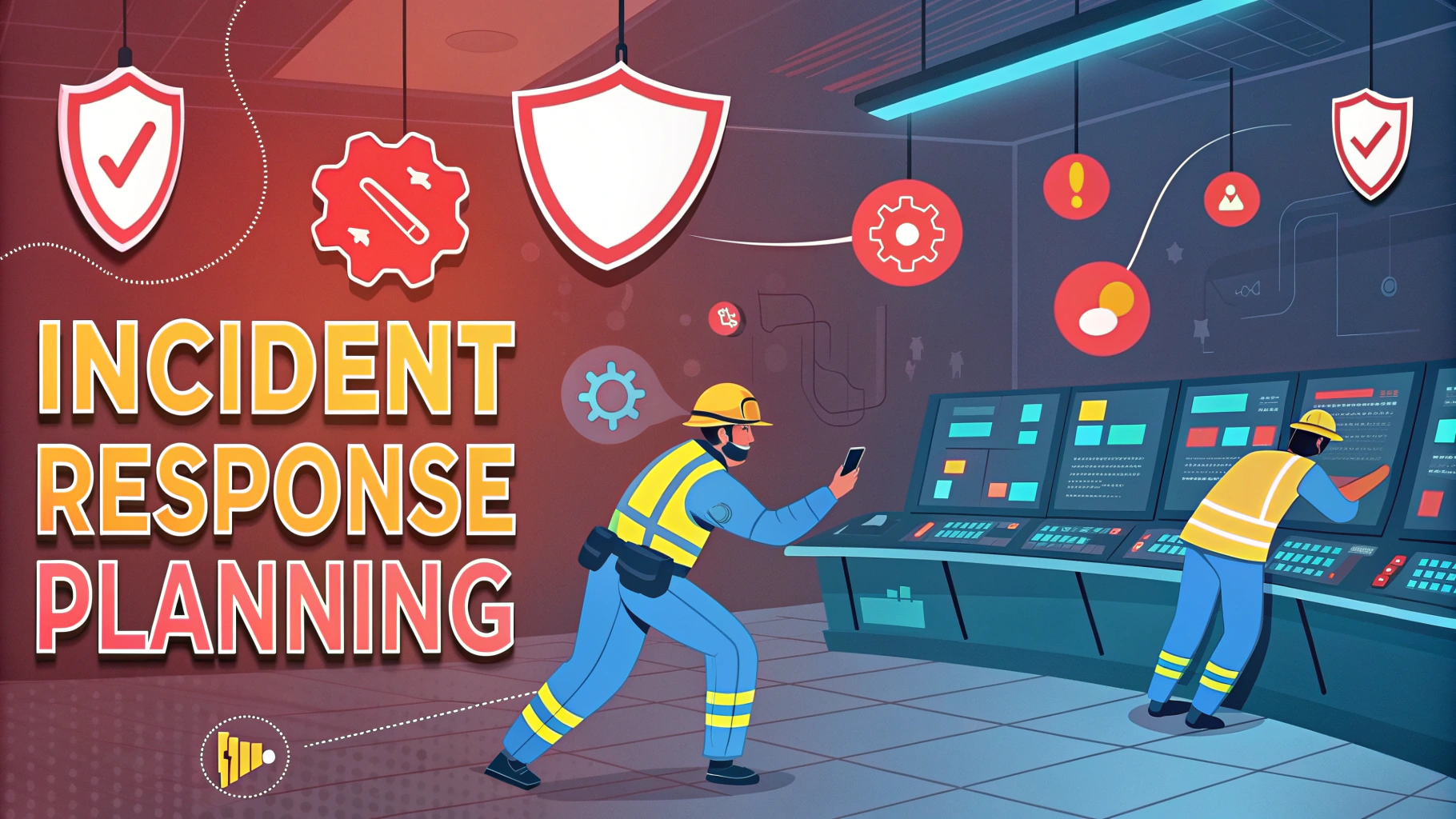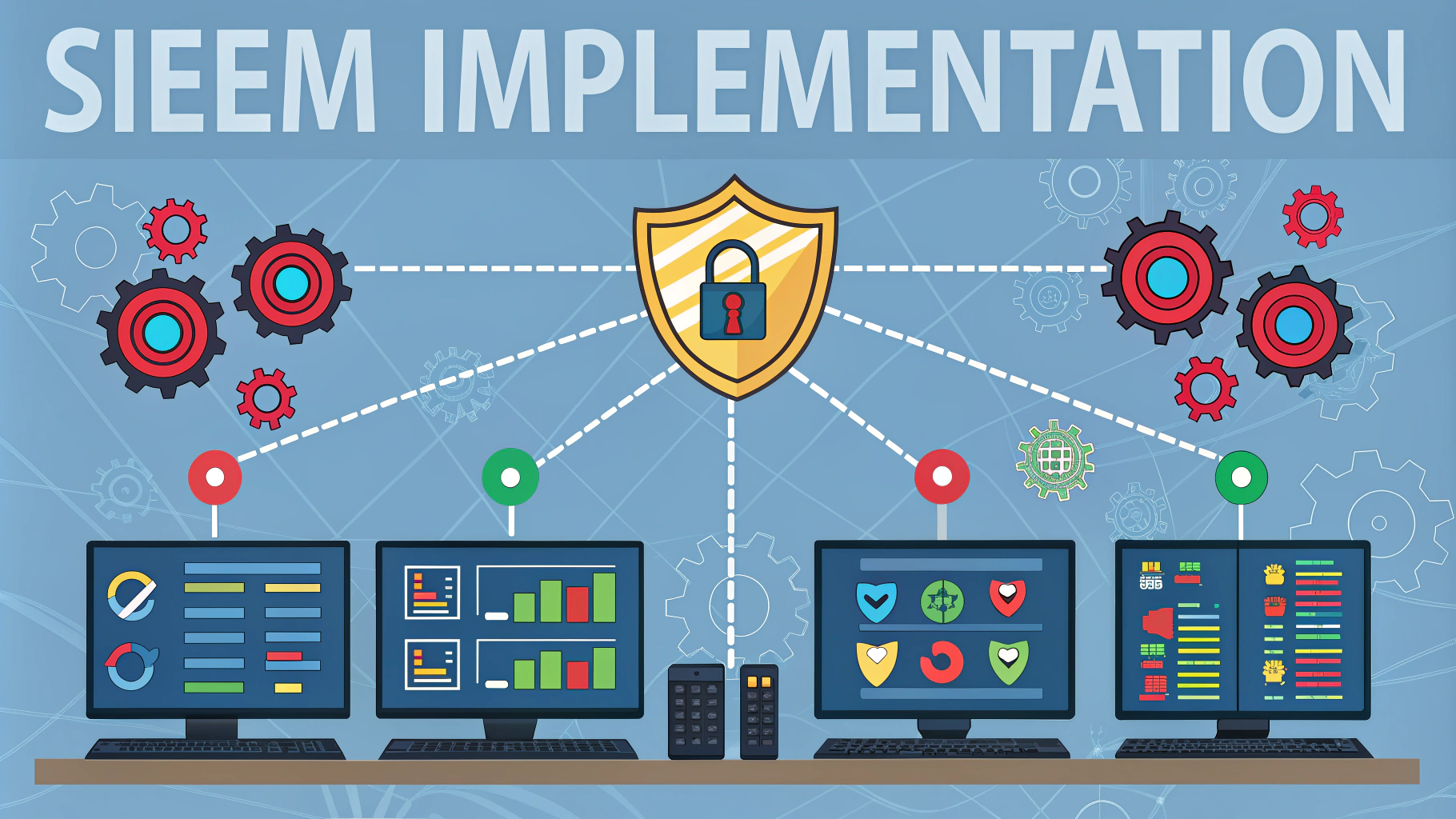Setting up a cloud-based lab for penetration testing requires careful planning, secure infrastructure, and proper isolation from production environments.
A well-designed cloud pentesting lab enables security professionals to safely practice techniques, test tools, and simulate real-world attack scenarios without legal implications.
This guide outlines the essential components and best practices for building an effective cloud-based penetration testing environment.
Core Components
- Virtual Private Cloud (VPC) with isolated subnets
- Vulnerable target machines and applications
- Attack machines with security tools
- Network security controls
- Monitoring and logging systems
Cloud Platform Selection
AWS, Azure, and Google Cloud Platform each offer specific advantages for penetration testing labs.
| Platform | Key Benefits |
|---|---|
| AWS | Extensive documentation, large marketplace, cost-effective |
| Azure | Strong Windows integration, enterprise features |
| GCP | Advanced networking, competitive pricing |
Network Design Best Practices
- Create separate subnets for attack and target systems
- Implement Network Access Control Lists (NACLs)
- Use security groups to control traffic flow
- Enable VPN access for secure remote connections
- Monitor network traffic with flow logs
Essential Lab Machines
- Attack Box: Kali Linux or ParrotOS
- Vulnerable Targets: Metasploitable, DVWA, Juice Shop
- Windows Systems: Various OS versions for Active Directory testing
- Web Applications: Custom vulnerable apps for specific scenarios
Security Controls
Implement these security measures to prevent unauthorized access and contain potential breaches:
- Multi-factor authentication for all accounts
- IP whitelisting for management access
- Regular security audits and monitoring
- Automated shutdown schedules to reduce costs
Cost Management
- Use spot instances for non-critical workloads
- Implement auto-shutdown policies
- Monitor resource usage with billing alerts
- Clean up unused resources regularly
Recommended Tools
- Infrastructure as Code: Terraform, CloudFormation
- Configuration Management: Ansible, Puppet
- Monitoring: CloudWatch, Nagios
- Security Testing: Nmap, Metasploit, Burp Suite
Setup Steps
- Create a dedicated cloud account for testing
- Design and implement network architecture
- Deploy core infrastructure using IaC
- Install and configure security tools
- Set up monitoring and logging
- Test network isolation and security controls
Next Steps for Your Lab
Start with a basic setup and gradually expand based on your testing requirements and budget constraints.
Document your lab setup process and maintain regular backups of critical configurations.
Consider joining cloud security communities for guidance: AWS Security Learning, Azure Security Community.
Advanced Lab Configurations
- Containerized environments for scalable testing
- Custom vulnerable applications deployment
- Automated lab provisioning scripts
- Integration with CI/CD pipelines
Documentation and Reporting
Maintain comprehensive documentation for your lab environment:
- Network architecture diagrams
- System configurations and credentials
- Testing procedures and methodologies
- Incident response playbooks
- Results tracking and reporting templates
Scaling Your Environment
Horizontal Scaling
- Add multiple target networks
- Deploy various application stacks
- Implement different security controls
Vertical Scaling
- Upgrade system resources
- Enhance monitoring capabilities
- Expand tool sets and capabilities
Building Your Security Arsenal
A robust cloud-based penetration testing lab serves as the foundation for:
- Continuous skill development
- Tool evaluation and testing
- Realistic attack simulations
- Team training and collaboration
- Secure research and development
Regular maintenance and updates ensure your lab remains effective and secure. Stay informed about latest security trends and adjust your environment accordingly to maintain its relevance and effectiveness.
FAQs
- What is a cloud-based penetration testing lab?
A cloud-based penetration testing lab is a virtual environment hosted in the cloud that allows security professionals to practice and conduct security assessments, vulnerability scanning, and ethical hacking techniques in a safe, isolated setting. - Which cloud platforms are commonly used for penetration testing labs?
AWS, Microsoft Azure, and Google Cloud Platform are the primary cloud platforms used for pen testing labs, with AWS being particularly popular due to its extensive service offerings and built-in security features. - What are the essential components of a cloud-based pen testing lab?
Essential components include virtual machines running various operating systems, vulnerable applications, networking components (VPCs, subnets), security groups, monitoring tools, and isolated environments to prevent accidental exposure. - How do I ensure my cloud-based pen testing lab remains secure?
Implement strict access controls, use dedicated VPCs, enable logging and monitoring, restrict internet access, use strong authentication, and regularly review security configurations to prevent unauthorized access. - What are the cost considerations for running a cloud-based pen testing lab?
Costs include compute resources (VM instances), storage, networking, and data transfer charges. Using auto-shutdown scripts, spot instances, and proper resource management can help minimize expenses. - Which tools should be included in a cloud-based penetration testing lab?
Essential tools include Kali Linux, Metasploit, Wireshark, Burp Suite, Nmap, vulnerability scanners, and deliberately vulnerable applications like DVWA, Juice Shop, and Metasploitable. - What are the advantages of cloud-based labs over traditional on-premises labs?
Cloud-based labs offer scalability, flexibility, cost-effectiveness, accessibility from anywhere, rapid deployment, and the ability to create and destroy environments quickly without hardware investments. - How can I practice cloud-specific security testing in my lab?
Include cloud-native security tools, implement IAM configurations, test cloud storage security, practice container security, and use cloud security benchmarks to assess cloud infrastructure vulnerabilities. - What legal considerations should I be aware of when setting up a pen testing lab?
Ensure compliance with cloud provider terms of service, obtain necessary permissions, avoid targeting production environments, and maintain proper documentation of testing activities. - How do I properly isolate my lab environment from production systems?
Use separate accounts for testing, implement network segregation through VPCs, apply strict security groups, and ensure no direct connectivity to production environments.








